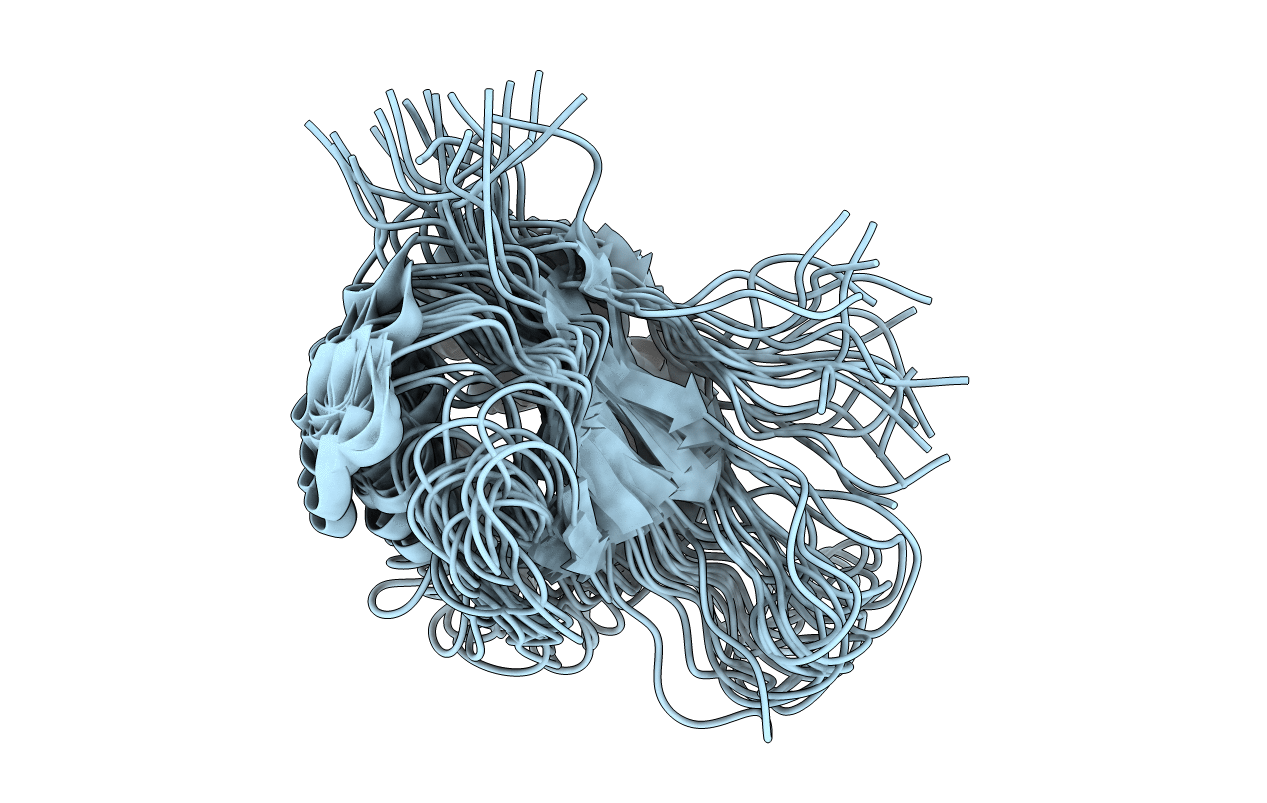
Deposition Date
1999-09-20
Release Date
1999-10-06
Last Version Date
2024-05-22
Entry Detail
PDB ID:
1D1R
Keywords:
Title:
NMR SOLUTION STRUCTURE OF THE PRODUCT OF THE E. COLI YCIH GENE.
Biological Source:
Source Organism:
Escherichia coli (Taxon ID: 562)
Host Organism:
Method Details:
Experimental Method:
Conformers Calculated:
25
Conformers Submitted:
20
Selection Criteria:
structures with the lowest energy


